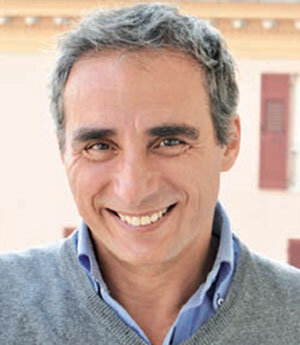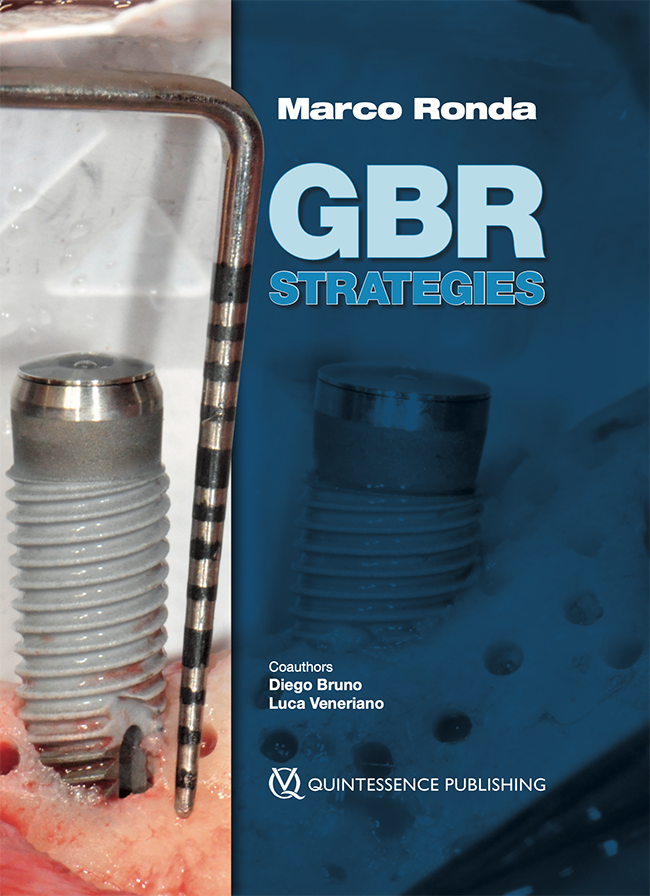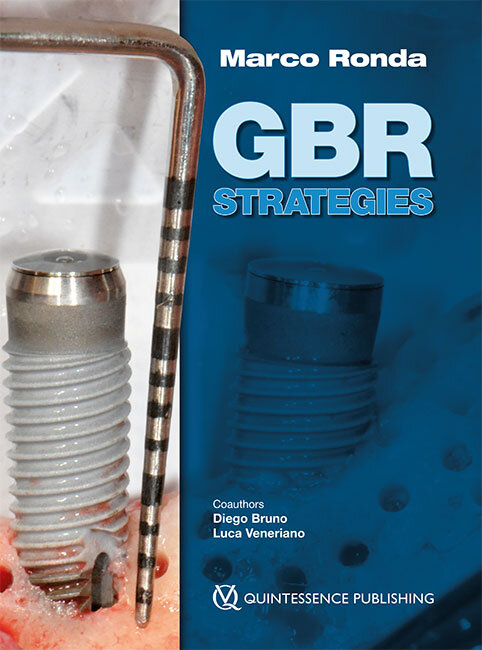Sul nostro sito web vengono utilizzati diversi tipi di cookie: utilizziamo cookie tecnicamente necessari per consentire funzioni quali il login o il carrello della spesa. Utilizziamo cookie opzionali per scopi di marketing e ottimizzazione, in particolare per inserire annunci pubblicitari pertinenti e interessanti per te sulle piattaforme di Meta (Facebook, Instagram). Puoi rifiutare i cookie opzionali. Maggiori informazioni sulla raccolta e il trattamento dei dati sono disponibili nella nostra informativa sulla privacy.









